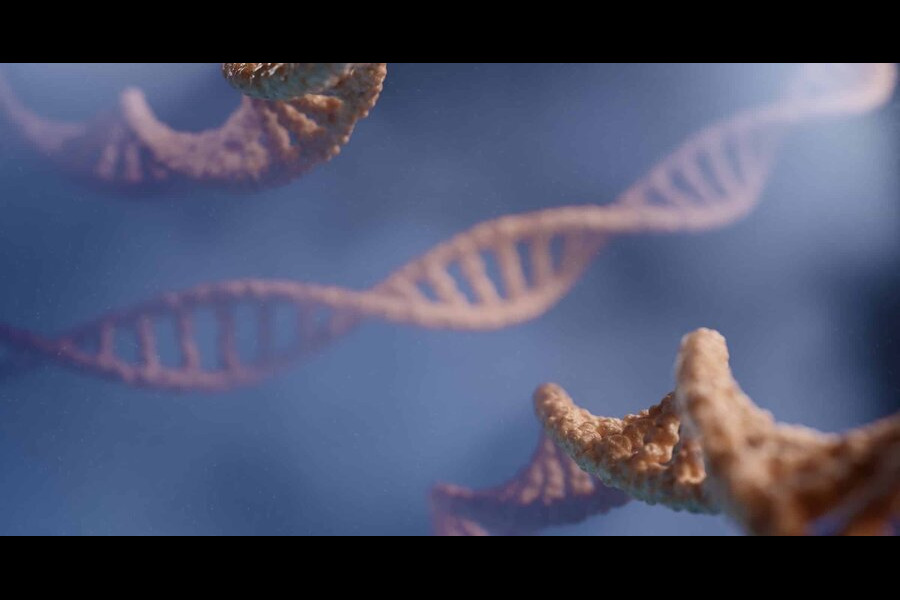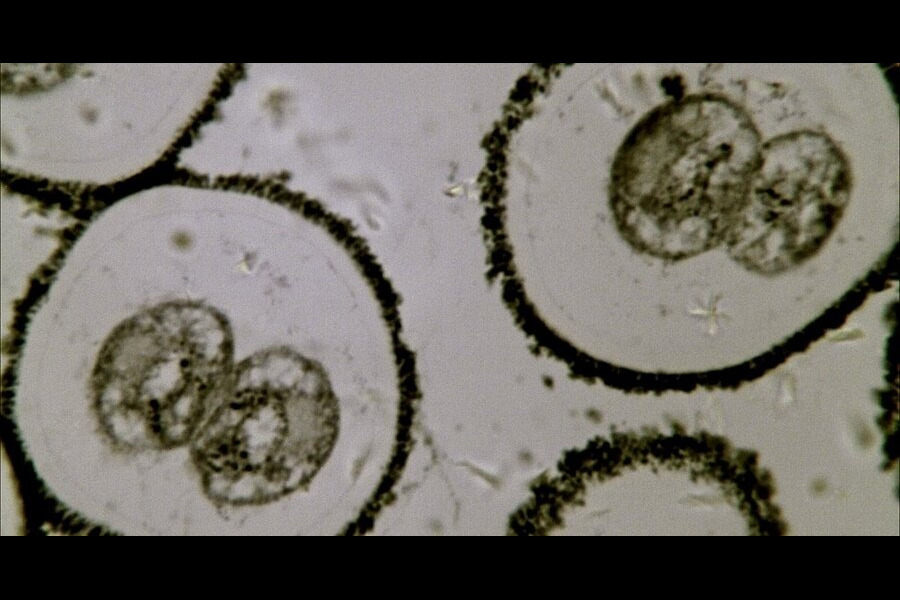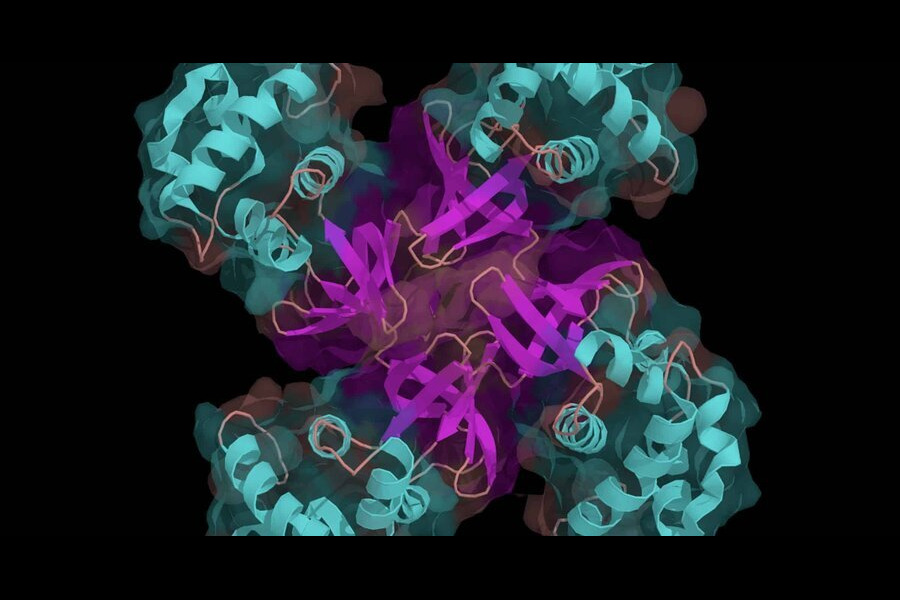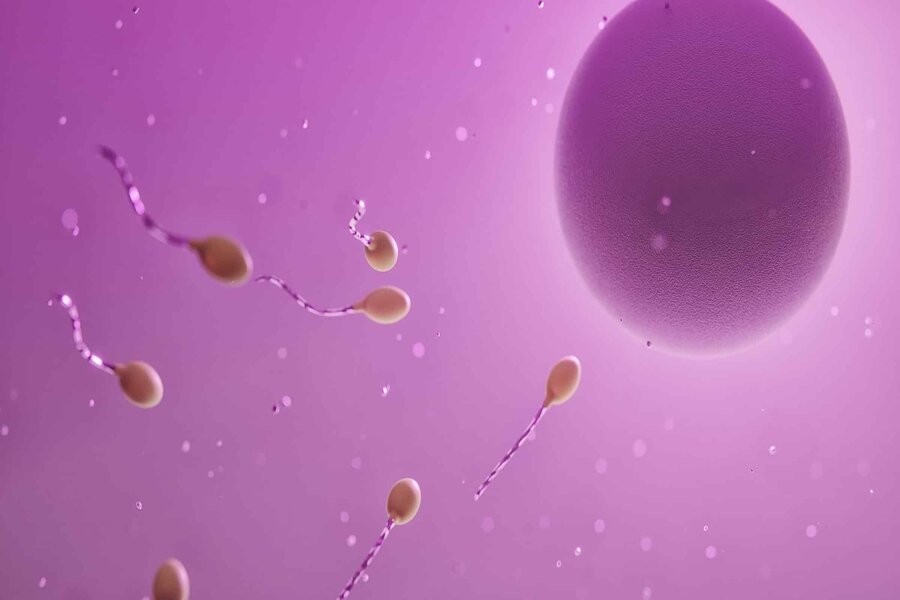Reflections on Casey Luskin’s Debate with “Dr. Dan”
Casey Luskin recently participated in a debate, on YouTube’s NonSequitur Show, with Daniel Stern Cardinale, an evolutionary biologist at Rutgers University who is also known as “Dr. Dan” of the YouTube channel Creation Myths.
Reflections on Casey Luskin’s Debate with “Dr. Dan” Read More »









